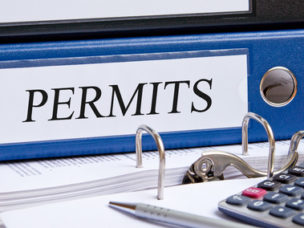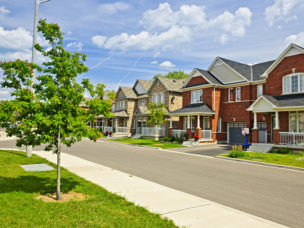Stay in the know
Subscribe to the Real Estate Blog and we’ll send you an email each time something new is posted.
Subscribe to the Real Estate Blog and we’ll send you an email each time something new is posted.
Blogs
Real Estate Blog
Can Solar Farms and Backyard Gardens Co-Exist? Zoning Tensions Flare in Massachusetts
Imagine you’ve just purchased your dream home in the ‘burbs. Your patio has just been finished. Your beautiful 2-acre lot, the minimum size required by the zoning bylaw, is taking shape – the grass is weed-free, the flowers are in bloom. You whistle a happy tune as you fetch the mail from the box at the end of the drive, but your mood quickly shifts as you read the notice addressed to you as the potential abutter of a huge ground-mounted solar array. Can they do that in a residential area?
Depending on where you live, the answer could be “yes.” Massachusetts law provides that “no zoning ordinance or by-law shall prohibit or unreasonably regulate the installation of solar energy systems or the building of structures that facilitate the collection of solar energy, except where necessary to protect public health, safety or welfare.” No court has yet interpreted this language, but the Commonwealth’s Department of Energy and Environmental Affairs (“EEA”) takes the position that, in communities where no zoning bylaw regulating solar facilities exists, solar projects – even large scale ones — are allowed as of right anywhere in town, subject only to the issuance of a building permit. Needless to say, this law has created controversy, as a recent Boston Globe article points out, where proponents seek to install what many view as industrial projects in residential areas. http://holliston-hopkinton.patch.com/articles/letter-bullard-solar-zoning-would-harm-residents
Partly in an effort to control where solar projects are sited, and partly in an effort to meet the criteria for a “Green Community” under the Green Communities Act, municipalities such as Salisbury, Arlington, Dedham, Monson and Tyngsboro, among others, have adopted zoning bylaws relative to solar installations. Most are modeled after the Model As-of-Right Zoning Bylaw published by the EEA, which sets forth parameters for regulating setbacks, signage, decommissioning of the solar facility when no longer used, and location. Under the model bylaw, location is identified by establishment of certain areas on a zoning map where facilities may be located. Some towns (such as Salisbury) allow solar farms anywhere so long as they are located on 50 or more acres under single ownership in proximity to transmission lines. To date, no court has decided whether any of these bylaws meets the standard of being “necessary to protect public health, safety, or welfare.”
There is a least one case pending in the Land Court relative to the proposed siting of a solar facility in Hatfield, so perhaps some clarity will be forthcoming in the near future. However, so long as the courts have yet to rule, and so long as the legislature declines to clarify the standards for protection of public health, safety, or welfare, it appears that cities and towns would be prudent to consider adding solar zoning provisions to their bylaws to avoid the “solar farm next door” scenario. In the meantime, enjoy that new patio – hope it gets lots of sun!


